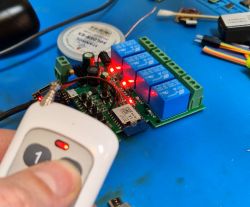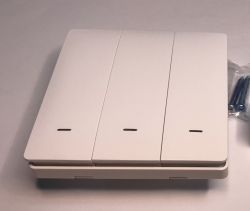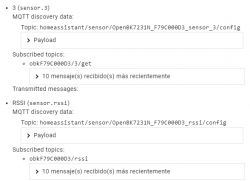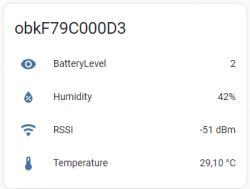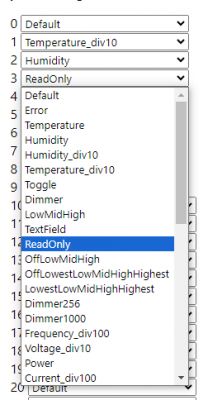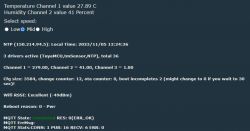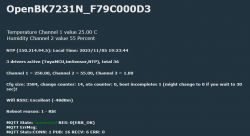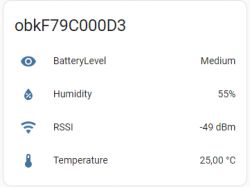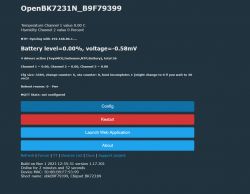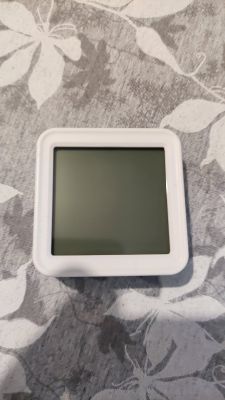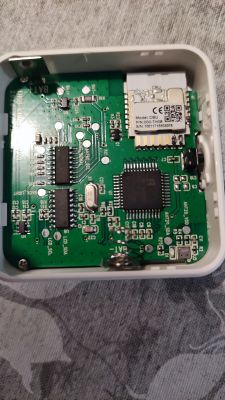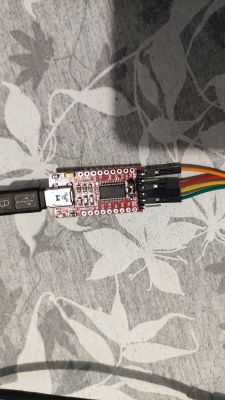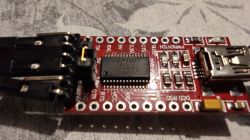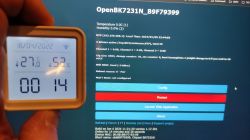@morgan_flint nothing was changed in relation to RSSI, but maybe you need to do HASS discovery again?
Do you have any non-TuyaMCU devices, can you check if HASS Discovery helps, and if not, check when the problem started?
Unfortunatelly we don't take in account winter time yet, so you need to change it manually.
Regarding configuration issue - maybe there is some kind of way to force TuyaMCU to stay on when we want to change config?
Helpful post? Buy me a coffee.
Do you have any non-TuyaMCU devices, can you check if HASS Discovery helps, and if not, check when the problem started?
Unfortunatelly we don't take in account winter time yet, so you need to change it manually.
Regarding configuration issue - maybe there is some kind of way to force TuyaMCU to stay on when we want to change config?





